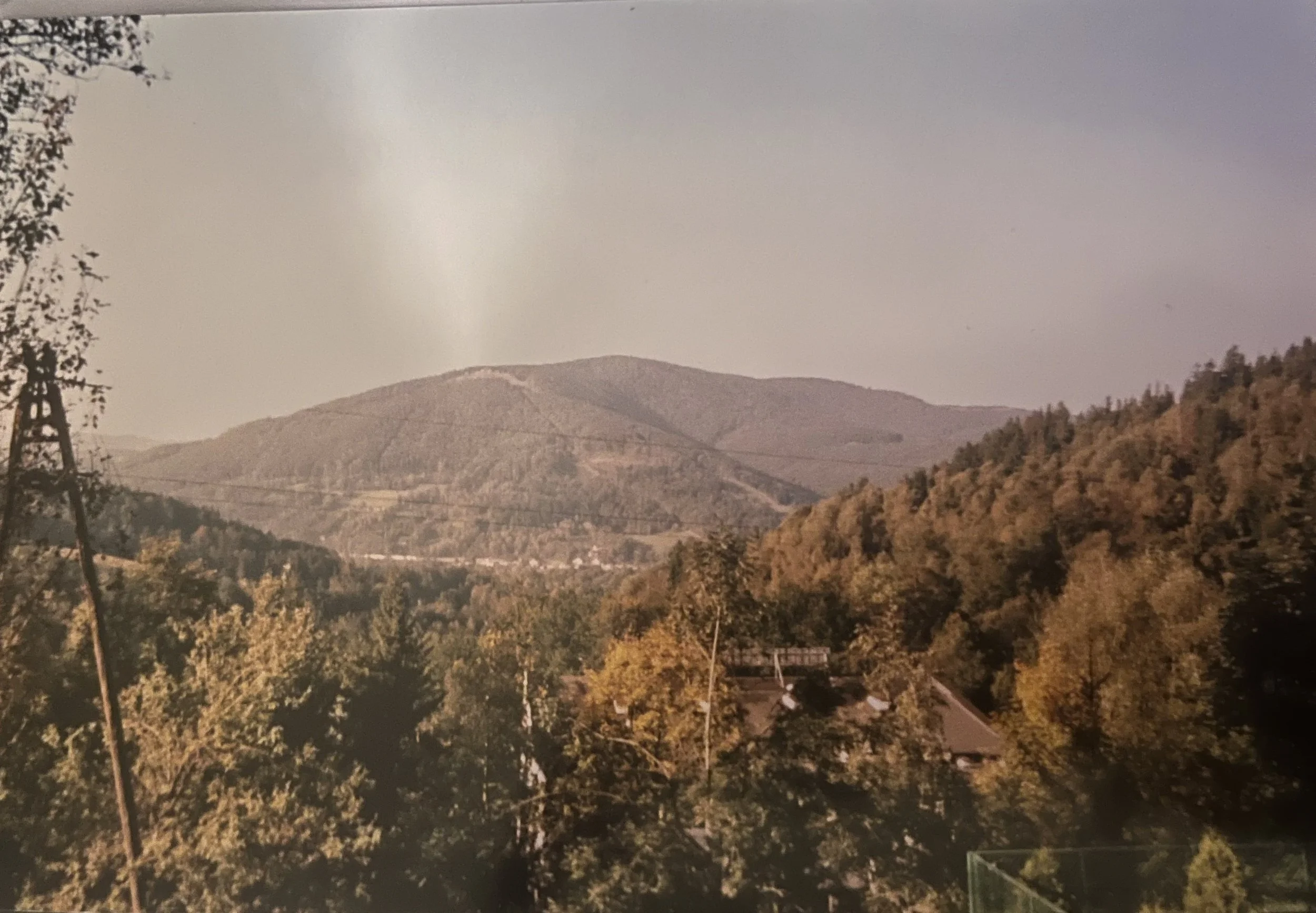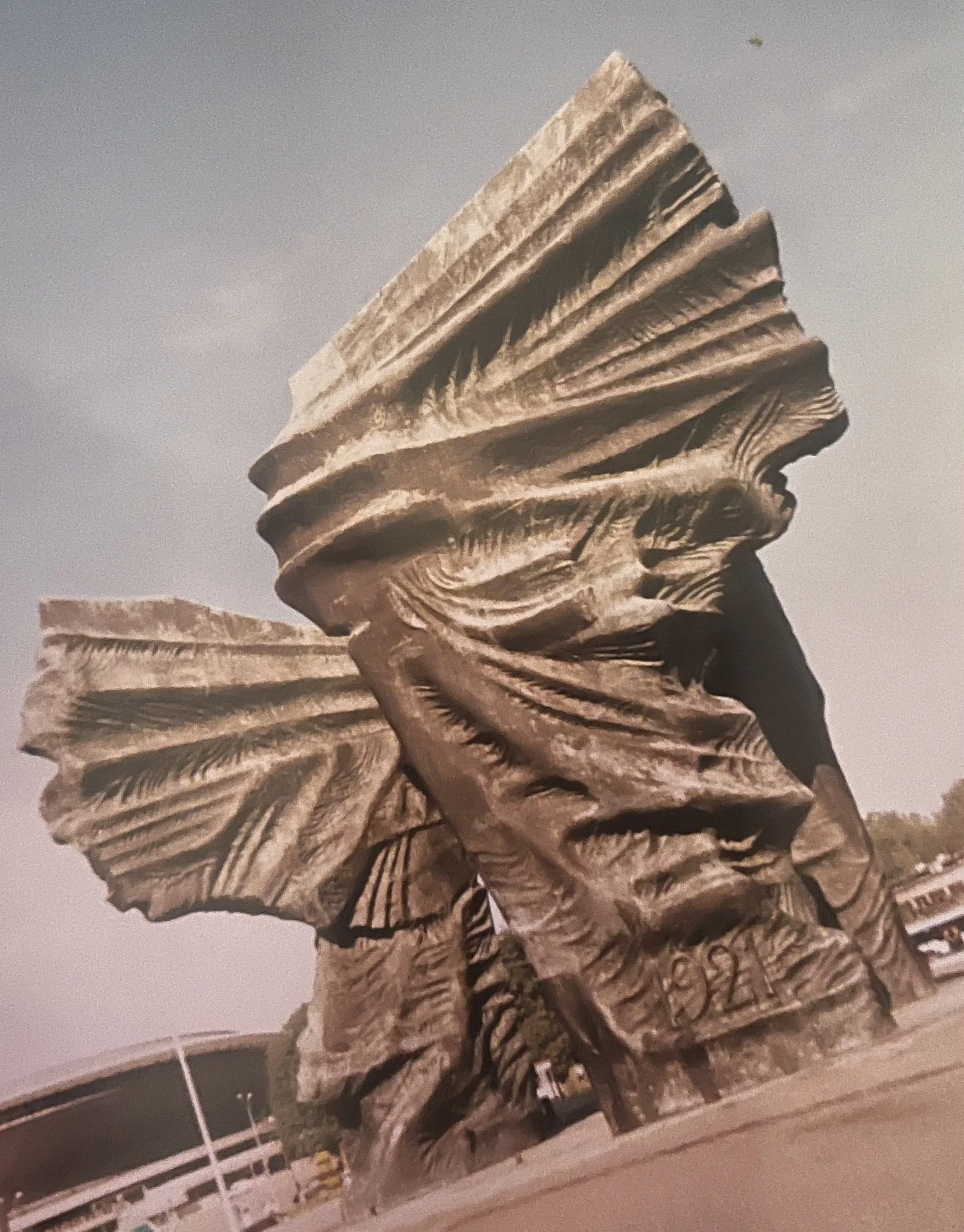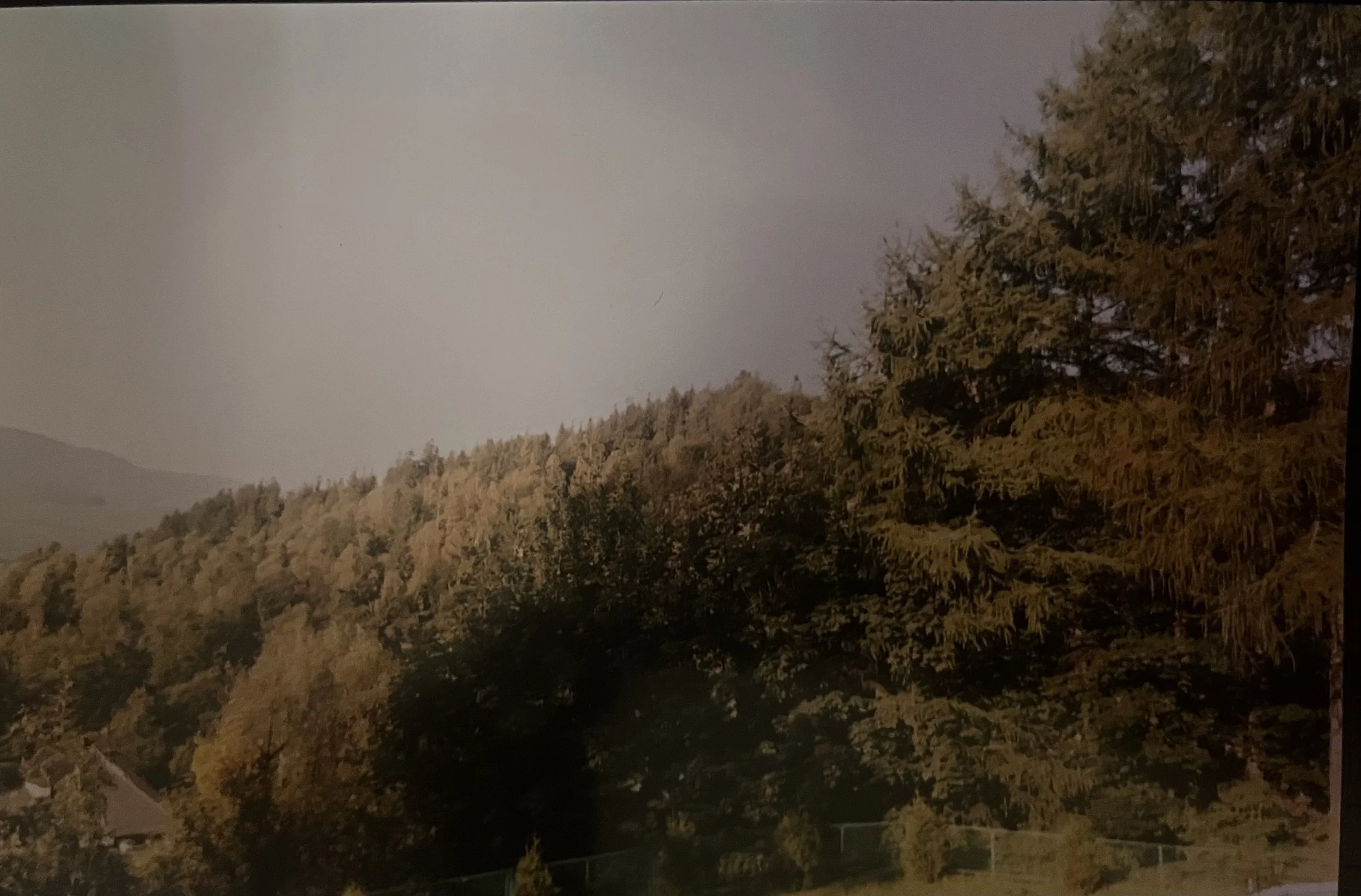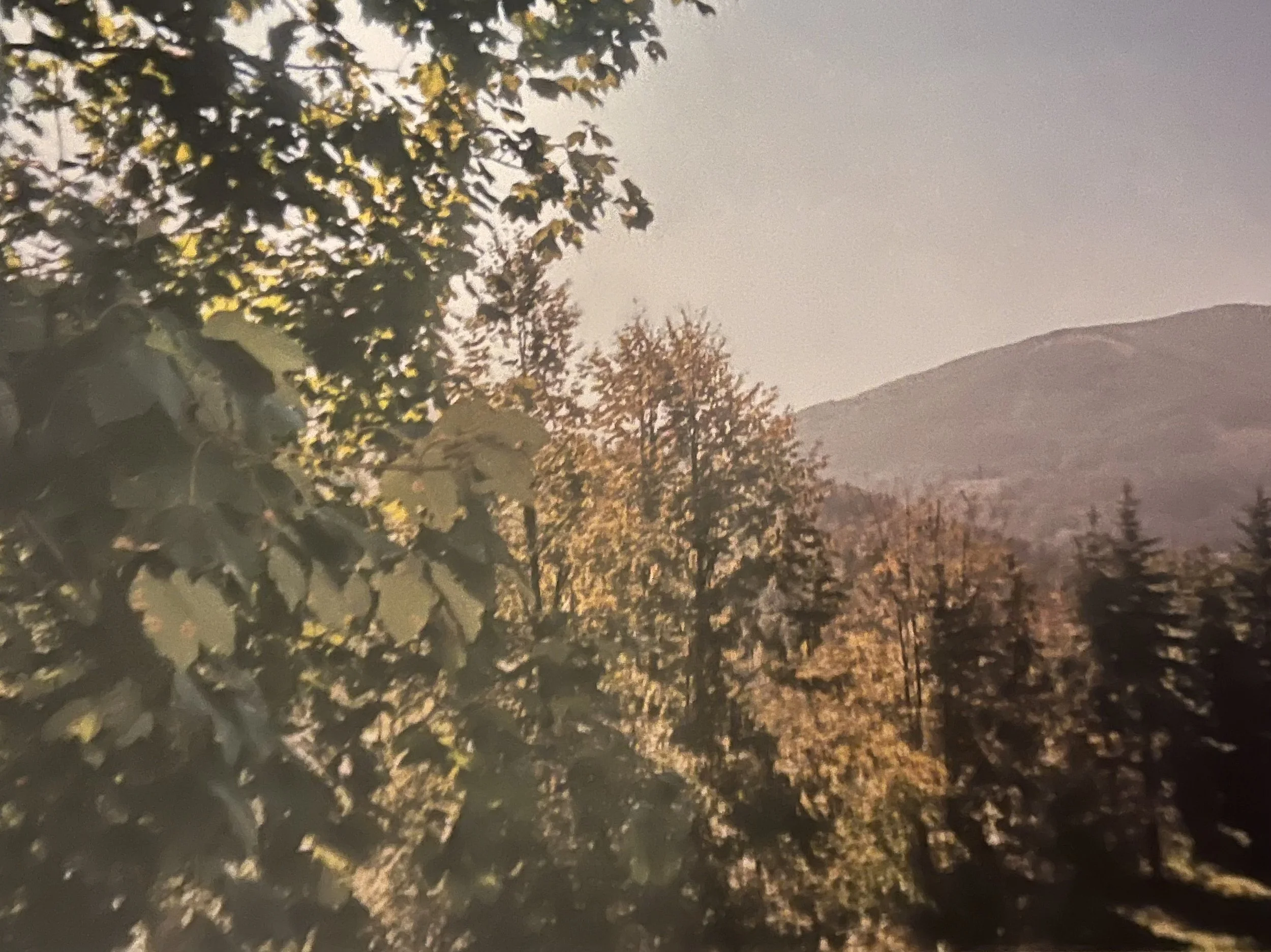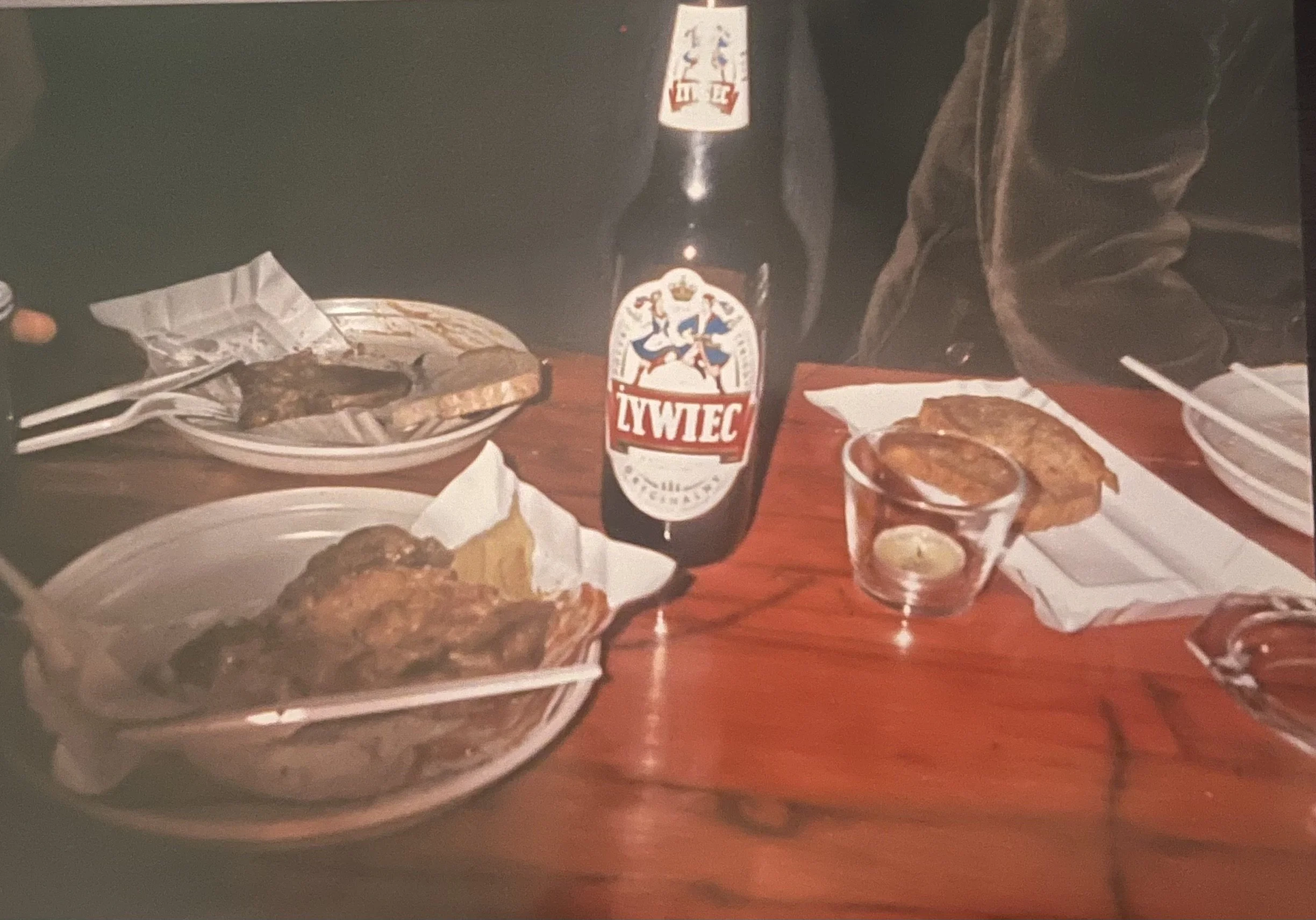Between Two Poles
When I first arrived in Katowice for an academic conference, I was told not to judge the rest of the country by this supposedly run-down, industrialized antithesis of all that was supposedly beautiful about the nation of Poland. The green lush forests, the mountain ranges and historical significance of this country are supposedly relegated to Krakow and Warsaw.
The former has the advantage of being the oldest city in Poland, whereas the latter had been razed to the ground and rebuilt after World War II. Katowice endured severe ecological damage, and inherited a tradition of industry, further rendering it far from aesthetic appeal, or so it seemed. However, once I made my way past Katowice's dilapidated train stations, its dirty streets and its oddly placed buildings, I found it to be a gorgeous place. The pinnacle of its unorthodox beauty—the reason I was compelled to feel so differently than the indigenous Poles—is ironically enough a source of consternation among its peoples.
The structure struck me as I made my way—in the wrong direction—to my supposed meet-up point. What appeared to be a large, stone structure, stuck out of the sky as I neared the center of Katowice. As nearly as I could tell, the mountains—where I would spend the next few days—were not visible from this part of the city. Yet, this strange edifice stood out as though it were a mountain, commanding authority. As I walked, I saw that it protruded out of a cobblestone and granite base, elevated above a grassy field. As I turned the corner, another piece seemed to poke out of the side of the structure.
In turn, they separated from the obelisk and I quickly realized that there were two 60-foot-tall stone sculptures rising out of the pavement. As I approached, another—with its gigantic edge —poked out from behind the other two. As I approached, I noticed that the structures were not merely pillars, but were actually gigantic sculptures of wings, with contours carved into the rocks to evoke a sort of organic matter— as though veins extended outward and then back into stone, evoking the vivacity of life while maintaining the resilience of solid rock. In each one of the these mammoths—all surrounding a plaque at the center of the paved platform—was engraved a year: 1919, 1920, and 1921, respectively.
As I quickly learned, these years marked three uprisings, in which insurgents fought to extricate Upper Silesia, of which Katowice is a part, from the Austro-Hungarian Empire. Silesia, it would seem, had been part of Poland proper for less than a century. An idle, somewhat unreasonable thought entered my head upon learning this. Did the reason that I was advised not to judge Poland by Katowice have less to do with its perceived ugliness, or was it the ethnic struggles between the “true” Poles and the Silesians? I put this idea to bed rather quickly, as I made my way to the meet-up point to catch my bus.
Upon boarding the bus to the conference, I was inundated with the verdant Silesian mountains, rising out of the earth in the way that only natural beauty can. Each mountain housed a forest that stretched far as the eye could see, and I could only imagine how amazing the sight would be during the winter when those gorgeous peaks would be covered with flawlessly white snow.
Clearly, whoever had stated not to judge Poland by Katowice was not referring to just outside the city limits.
The Silesian mountains are unrivaled in their sheer exquisiteness.
As the conference began, I encountered a garrulous fellow American—whose nationality I immediately discerned due to his boisterousness. I was compelled to shout internally, “Ah, my countryman!” Despite being an interdisciplinary event, with people of all backgrounds and from many nations, conversation seemed to drift toward the nation of Poland itself. After all, my American friend was now living in Poland as an English teacher. Silesia made its way into our discussion. He laughed, reclined in his chair and looked up toward the ceiling as though trying to put something delicately that could not be. “Let me tell you why people dislike Silesia,” he said, and proceeded to relate his personal experience.
As he was enjoying an evening of food and intoxication, he lodged a complaint with the chef serving his pirogi. Naturally, the barkeep, noticing that his Polish was imperfect—if ever so slightly— recognized him as an American and called the police due to his disturbance. When the police arrived, he had to pull out his passport. Despite having explained his American nationality and citizenship, the police inquired as to where he lived. “Katowice,” he replied, to which the policeman shouted, “Another fucking Silesian!” Apparently, if you merely reside in upper Silesia and have no cultural ties with that region, you are branded by some as impure.
Of course, he did not deliver on his promise to explain why people dislike Silesia and I was still left befuddled: Silesia, and the Silesian insurgents represent the power of the Polish people. How strange that a patriotic symbol— like that of those giant statues— seems to stir up only resentment among some of the other parts of Poland. The conference revealed some other tensions. After all, my American compatriot was not viewed as a true Pole, despite the interdisciplinary event of this conference, he appeared to be an outcast, as he perhaps thought himself to be— relishing in it, as Americans in Europe are wont to do.
It is strange that in this country of internal conflict that there are such a variety of thriving cultures. This is especially true in Katowice— in which you cannot go a hundred feet without running into a kebab shop— that other Poles are so vehemently resented. But no matter what those in Krakow say, I will never forget the looming shadow of those incredible Silesian statues and their larger cousins, those astounding mountains which loom over the city that is so despised for its apparent lack of aesthetic value, or perhaps for its insistence on being included in the greater nation of Poland.
Whatever the reason, Silesia will always remain my first impression of Poland, and how I have judged the country thus far. Despite the worries of its other, non-Silesian inhabitants, however, I have judged it to be wonderful, mysterious, alluring and a place I wish to visit over and over again—
perhaps imbibing a pint of Polish beer while arguing over the merits of Silesia, always casting it in the positive.
